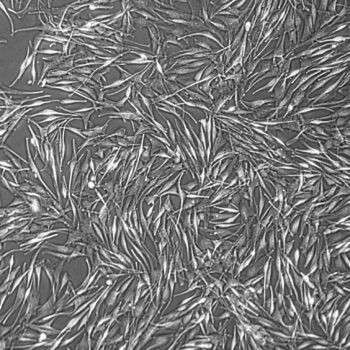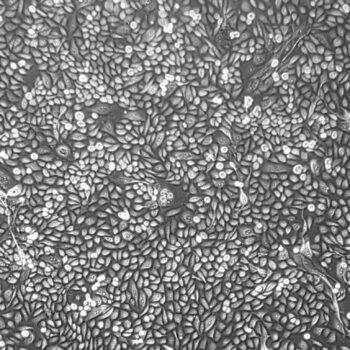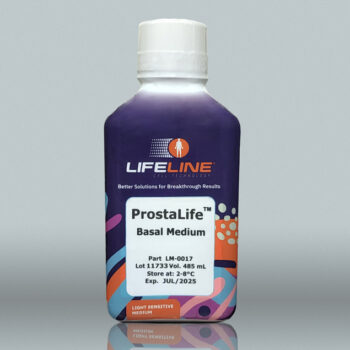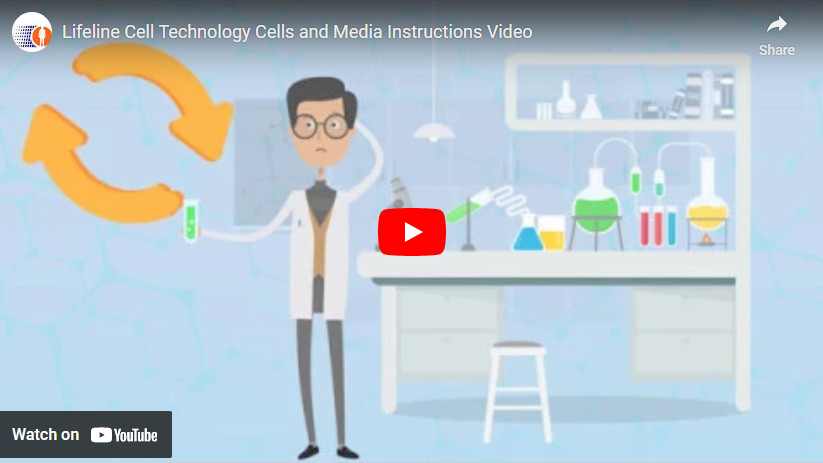Achieve Breakthrough Research Outcomes with Our Specialized Primary Cell Products.
With Lifeline® Cell Technology’s dependable and diverse primary cells, precise media, and priority service solutions, we empower you to achieve breakthrough scientific research results accurately and swiftly. Why risk your reputation and research when you can deliver outstanding results in less time and within budget?

LifeDeals
Product Categories
Our primary cells and high-performance media have been optimized for the best possible research outcomes.
Choose your product from one of the categories below or call 877-845-7787 for Priority Service.
Why Choose Lifeline?
With over 25 years of research experience, we deeply understand the critical importance of specializing in Primary Cells and tailoring media specifically for each cell type. Our expertise ensures the highest quality and reliability for your research. Here are four compelling reasons to trust Lifeline’s products for your scientific endeavors:

PRIMARY CELLS Without Accumulated Mutations
Lifeline®’s primary cells come from a wide variety of donors without the accumulated mutations found in immortal cell lines resulting in better outcomes.

PRIMARY CELL CHOICES by Donor Demographic
With Lifeline®’s high-quality media, you can narrow down Primary Cells by donor demographics to ensure more accurate results.

MEDIA DESIGNED FOR EACH PRIMARY CELL TYPE
Each of Lifeline®’s mediums is composed and supplemented to maximize the life expectancy of a particular primary cell type.

ENJOY Superior PERFORMANCE
Primary cells cultured in Lifeline® medium outperform those grown in similar media. Our cells plate better, grow faster, maintain superior morphology, and deliver consistently reproducible results.
Lifeline® Cell Technology Products Now Available on Science Exchange!
Lifeline® Cell Technology, a leading provider of primary human cells and optimized cell culture media, is pleased to announce its collaboration with Science Exchange, a renowned affiliate marketplace. This partnership enables our valued prospects and customers to conveniently purchase our high-quality products through Science Exchange’s platform. With Lifeline’s Cell Culture Systems, researchers gain access to exceptional in vitro models for various applications, including cancer research, drug discovery, and environmental studies. To explore and initiate your purchase, simply click the button below to visit Science Exchange’s website. Experience the power of Lifeline’s innovative solutions and elevate your scientific endeavors today!
Access Lifeline’s Products Through Our Trusted Network of International Distributors.
No matter where you are in the world, our international distributors ensure you have access to our Primary Cells and High-Performance Media for optimal research outcomes. Our products are available in Australia, New Zealand, China, Europe, the United Kingdom, Japan, India, Israel, Singapore, Malaysia, Indonesia, South Korea, and Taiwan. We are continually forming new partnerships globally, making it easier for researchers to utilize our high-quality products and achieve breakthrough results. Click the button below to explore our list of international distributors.
LifeBlog
Welcome to Lifeline® Cell Technology’s blog, your go-to resource for everything related to purified primary human cells and optimized reagents for cell culture. Here, you can find valuable insights, tips, and the latest advancements to enhance research. Read the latest articles below or visit our blog page to read more.
Empowering Research with Reliable, High-Performance Media
As biotechnology advances, the standards for scientific tools grow higher. Researchers depend on solutions that are not only consistent and reliable but specifically designed to meet the exacting demands of primary cell culture. One of the most critical components in any experimental setup is the culture media—essential for sustaining cell…
Enabling Research Success with Optimized Primary Cell Culture Media
Obtaining high-quality primary cells is only half the equation for experimental success. Equally important is the use of optimized cell culture media that can preserve the biological and functional integrity of those cells in vitro. Unlike immortalized cell lines, primary cells have a limited lifespan in culture and are more…
New Model System to Evaluate Subcutaneous Drug Absorption
Skin Cancer Awareness Month Skin cancer, including melanoma, is the most common cancer in the United States—but also one of the most preventable. Practicing sun safety and prioritizing early detection are essential steps in protecting skin health. As the body’s largest organ and first line of defense, the skin plays…
How To Thaw and Seed Lifeline®’s Primary Cells
To ensure optimal research results, we’ve prepared a helpful video demonstrating how to thaw and handle our high-quality primary cells. If you need any assistance, please call us at 877-845-7787.





